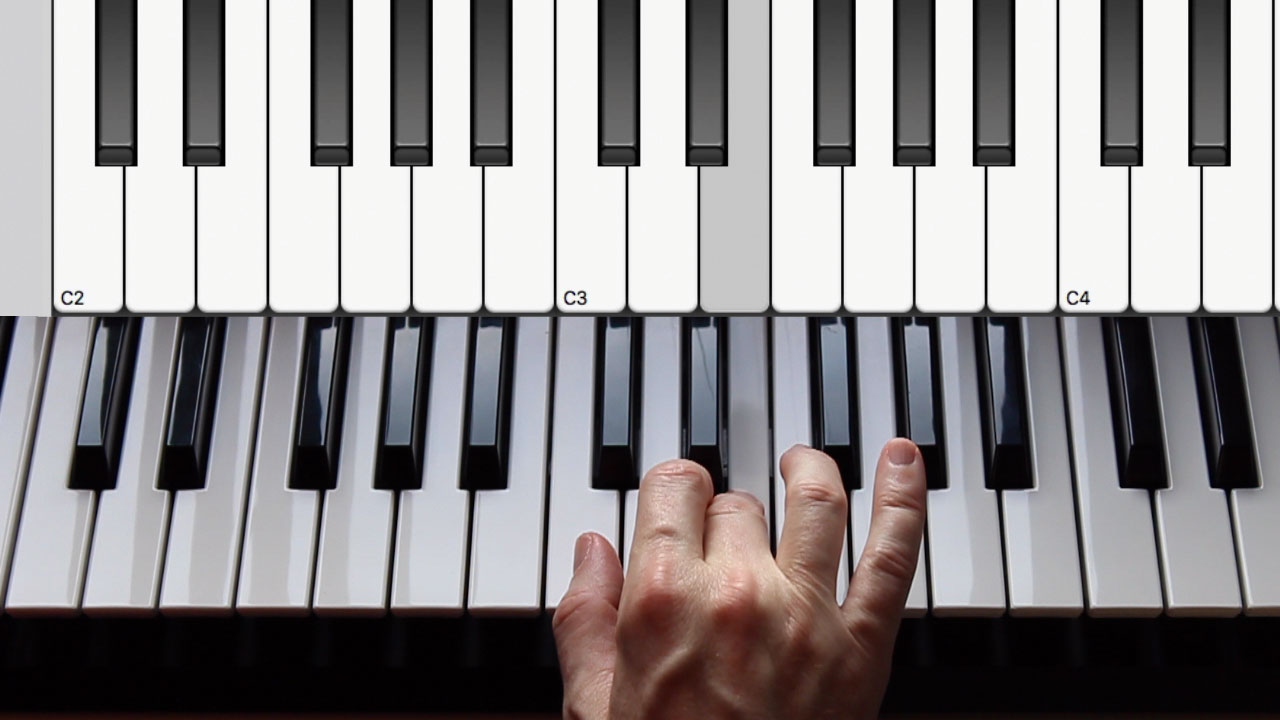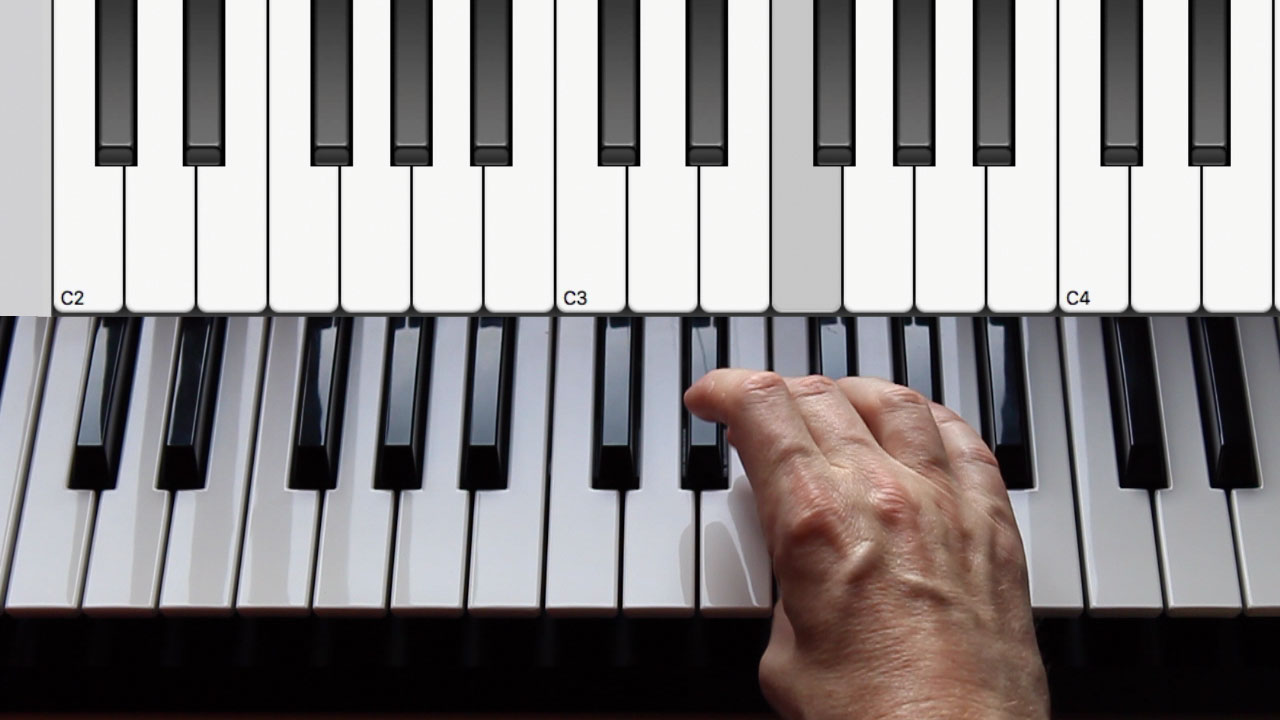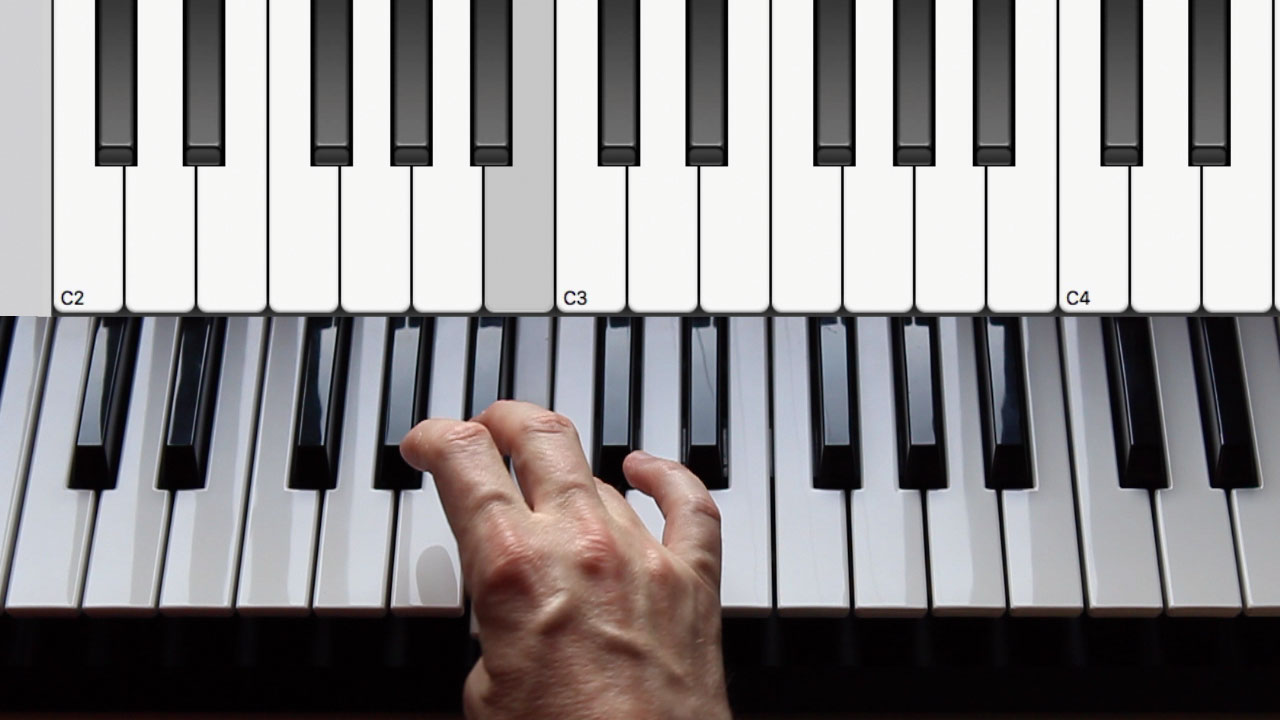How to play a C major scale on a MIDI keyboard
For your first tentative steps into keyboard mastery, you'll want to stick to just the white notes…
Love ’em or hate ’em, there’s no better method of keyboard practice than scales for improving overall dexterity. Major and minor scales are specific sequences of eight notes, defined by the patterns of intervals between them. By applying this pattern as a kind of formula, we can work out the major or minor scale for any key.
The formula for a major scale is T-T-S-T-T-T-S, where S stands for an interval of one semitone (the smallest possible interval on the keyboard, between any two adjacent keys) and T stands for tone (an interval of two semitones). So, using C major as an example, we’d start on C, move up a tone (two semitones) to D, another tone to E, then a semitone to F, another tone to G, and so on until we get the whole scale; C-D-E-F-G-A-B-C. Apply the same formula to the key of D major, and we get D-E-F#-G-A-B-C#-D. For a natural minor scale, the formula is T-S-T-T-S-T-T, so C minor would give us C-D-Eb-F-G-Ab-Bb-C, and D minor D-E-F-G-A-Bb-C-D.
Now let's go back to C major and walk through the specifics.

Step 1: It’s time to adopt the proper fingering for a C major scale. This lets you play all the white notes up to the octave above middle C (C-D-E-F-G-A-B-C) smoothly and evenly. Begin with your hand in the correct starting position and play C, D and E with your thumb and first two fingers.

Step 2: Now, move the thumb up from C to F, keeping the middle finger on the E, passing your thumb under your first two fingers. As you release the E, press the F key with your thumb and move the rest of your hand back over to the right to adopt the starting position once again, this time with the thumb on the F key.

Step 3: You can now play G-A-B-C with fingers 2-3-4 and 5, ending with your pinky on top C to complete the scale. To descend, simply play C-B-A-G-F with fingers 5-4-3-2 and 1, ending with the thumb back on F. Then bring your fingers over your thumb and hit E with your middle finger, followed by the index finger on D and thumb back on middle C.

Step 4: If you’re feeling brave, you can go for the two-octave version: 1-2-3 (thumb under), 1-2-3-4 (thumb under), 1-2-3 (thumb under), 1-2-3-4-5, ending up with your pinky on C5. The critical thing with all scales is to start out slowly, and master playing the scale evenly at a slow tempo before speeding up. Don’t be tempted to go too fast too soon!
Want all the hottest music and gear news, reviews, deals, features and more, direct to your inbox? Sign up here.
Computer Music magazine is the world’s best selling publication dedicated solely to making great music with your Mac or PC computer. Each issue it brings its lucky readers the best in cutting-edge tutorials, need-to-know, expert software reviews and even all the tools you actually need to make great music today, courtesy of our legendary CM Plugin Suite.
